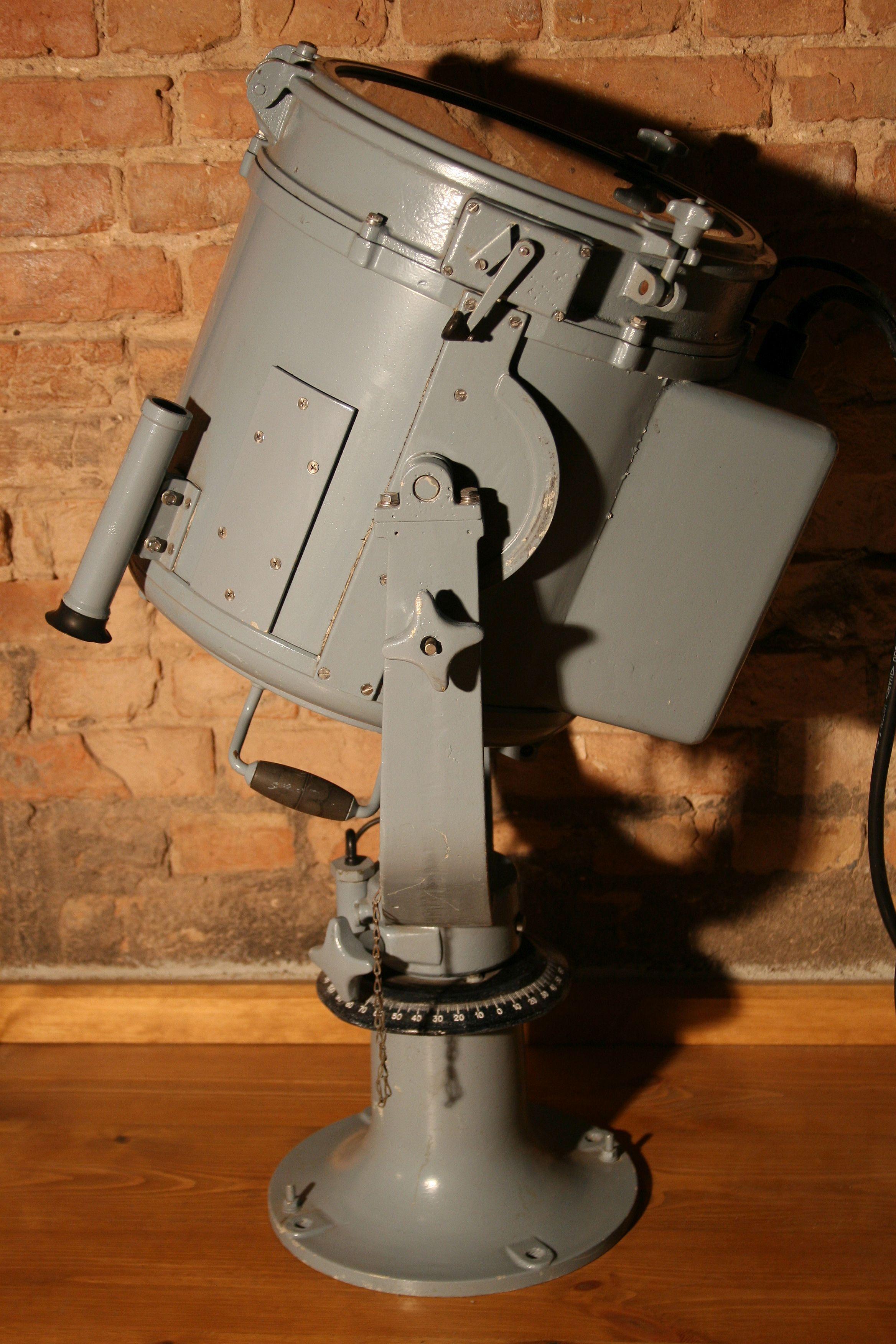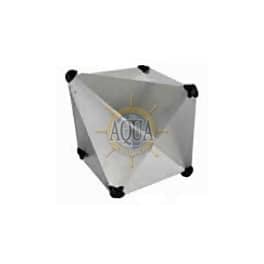

Photo: EchomaxBelow are several examples. They also need to be kept clear of sails and running rigging as their edges eat through anything that rubs against them, especially so once they oxidise and become pitted. In short, due to the curvature of the earth the higher you can position the radar reflector the better. The RORC recommend a mounting height, where possible, of 4 metres above sea level.

Passive radar reflectors also require some judicious positioning. There are numerous different models of passive radar reflector on the market, but it is important to note that many will only give their best results under very specific conditions, and generally, the cheaper the radar reflector, the poorer its performance. Though they tend to look highly unattractive and add a little windage, they may save your life. A passive radar reflector is a low-cost, or easily self-manufactured, device that requires no power and is a ' fit and forget' project. Mount a passive radar reflector in a permanent posting reflecting ship's radar signal so a vessel can provide a strong return, and a consistent signal to passing ships. A passing ship's radar system will only identify objects that are radar visible and those that are highly visible will remove the risk of being run over. Everything possible must be done to maximise the radar signature for ships as you cannot rely on being seen visually. Radar is the primary equipment used by all commercial vessels for collision avoidance in busy shipping areas, or during bad weather, poor visibility and at night. All of these result in sailing boats easily getting lost in the sea clutter and not being spotted.īeing safe is a function of being seen. Worse, radar systems typically require a minimum of three consecutive radar ‘blips’ or ‘hits’ before they acquire a target which further reduces the chances of a pitching or heeling yacht being picked up. The problem with this is that radar signals reflect best off flat metallic surfaces and not the fibreglass that leisure yachts are mostly made of.

Larger ships tend to rely on radar for watchkeeping support. Small boats cannot rely upon a larger ship's watch systems seeing them, especially at night.


 0 kommentar(er)
0 kommentar(er)
